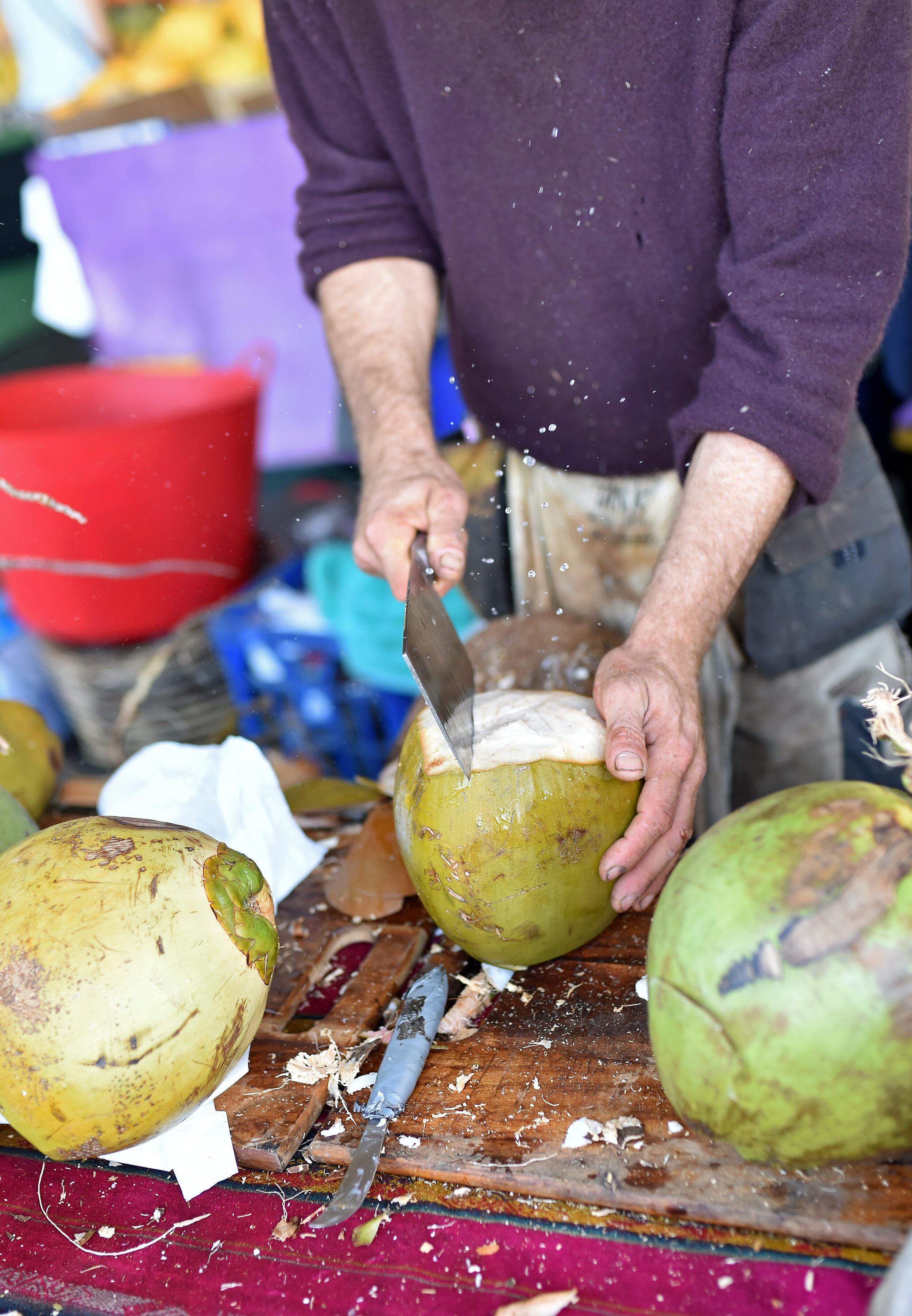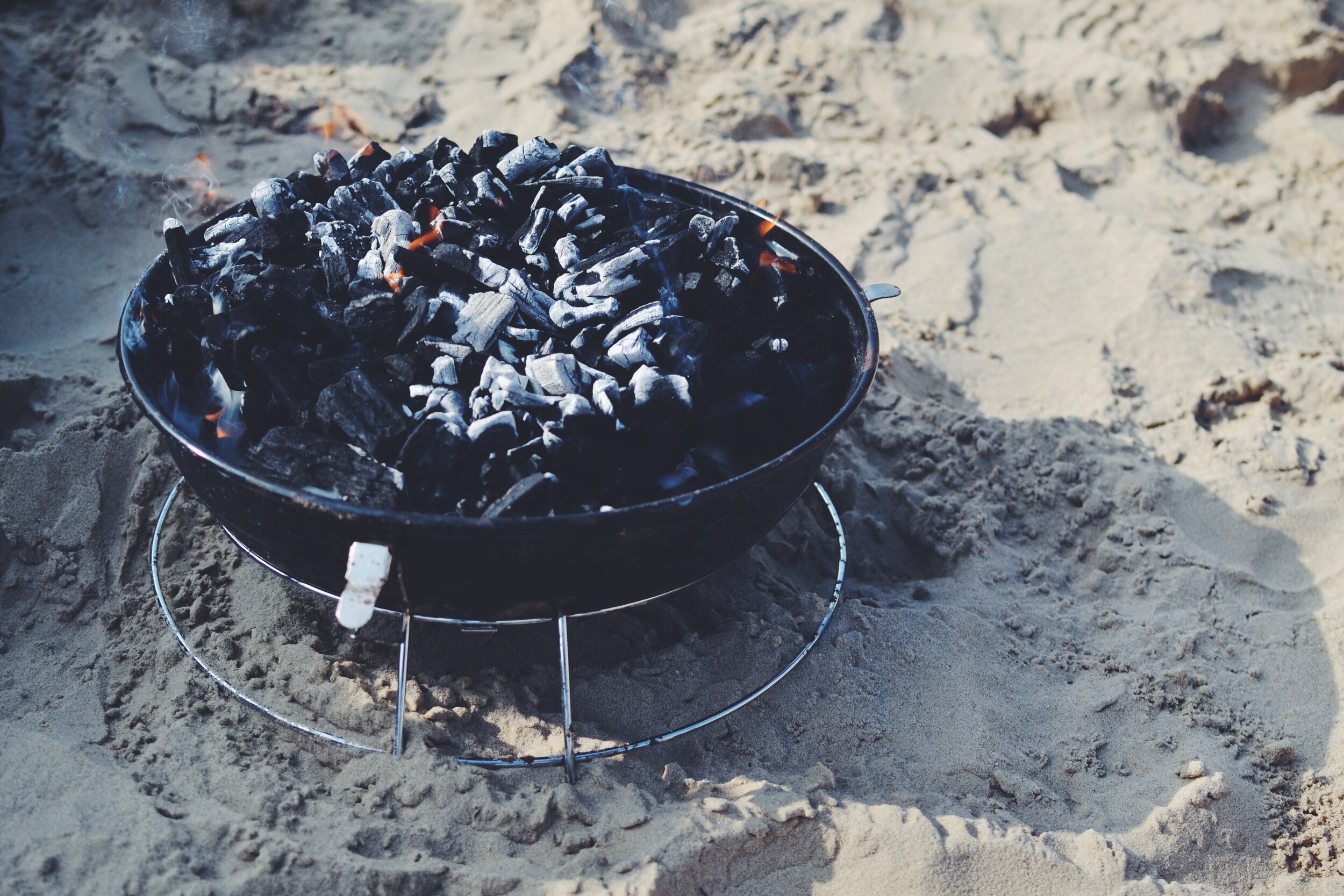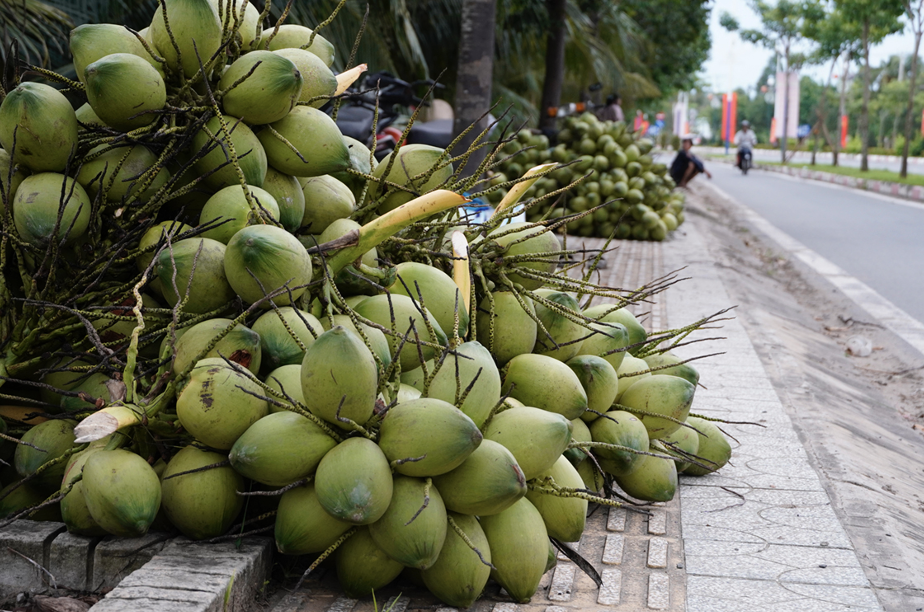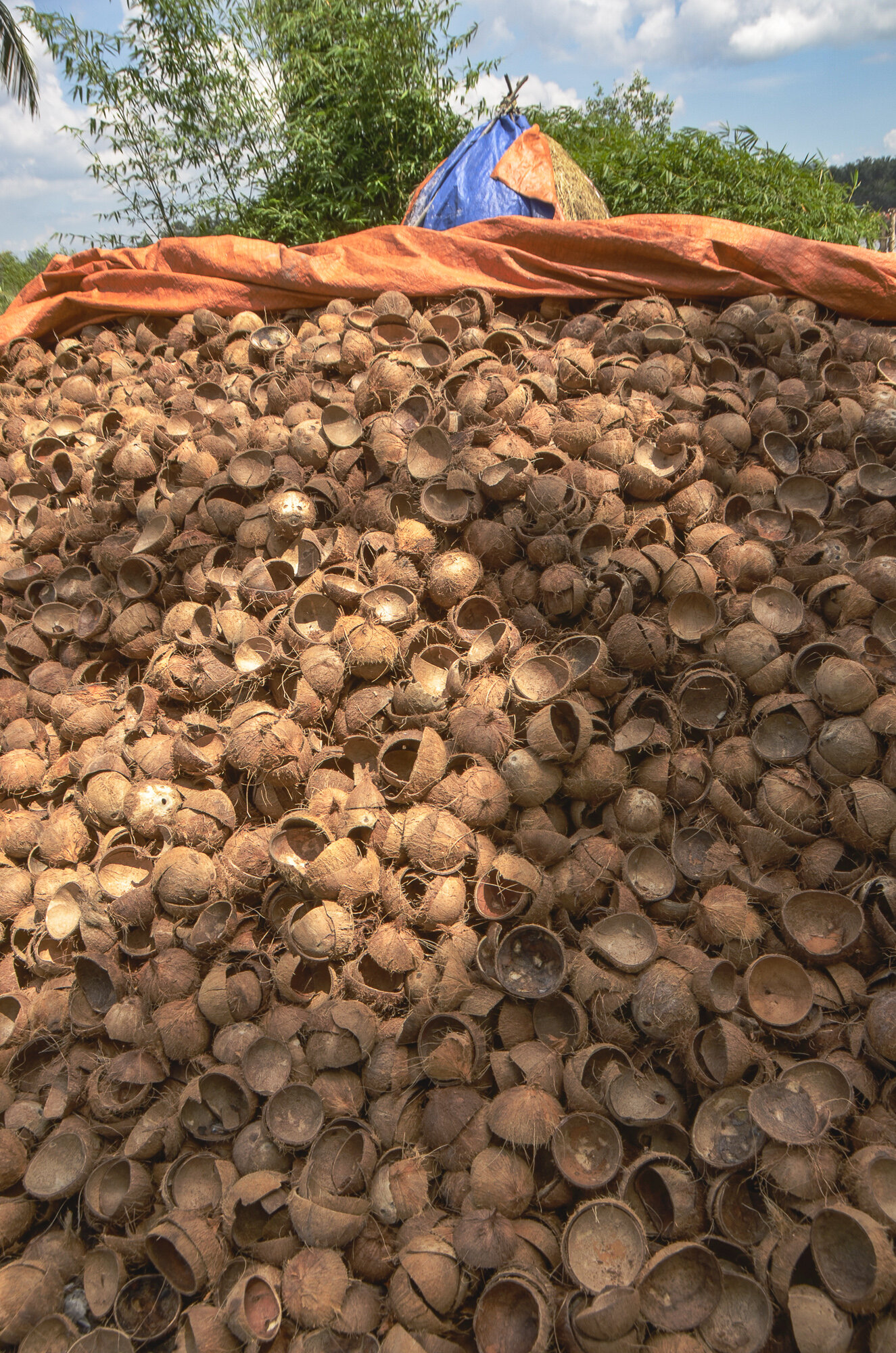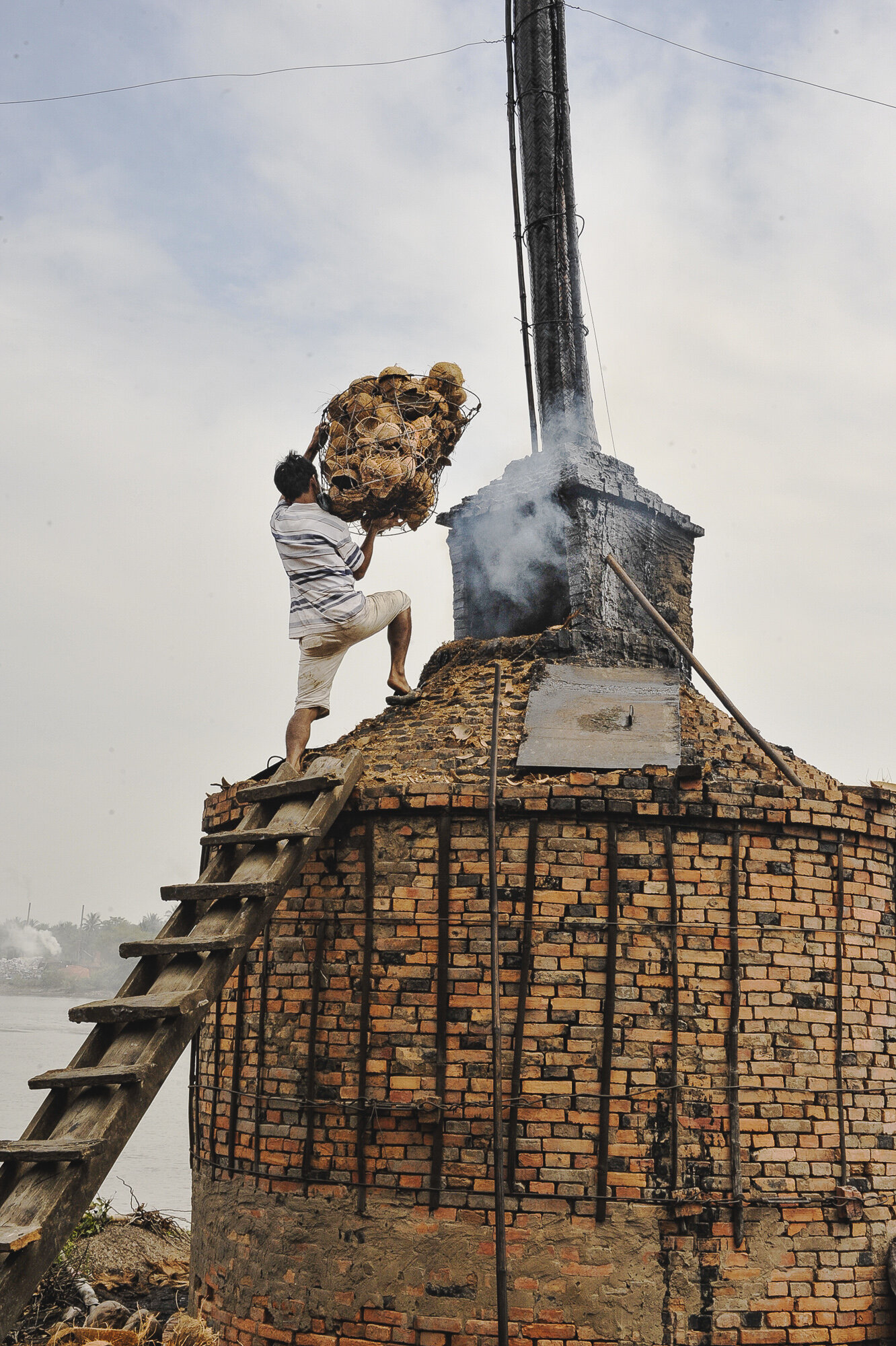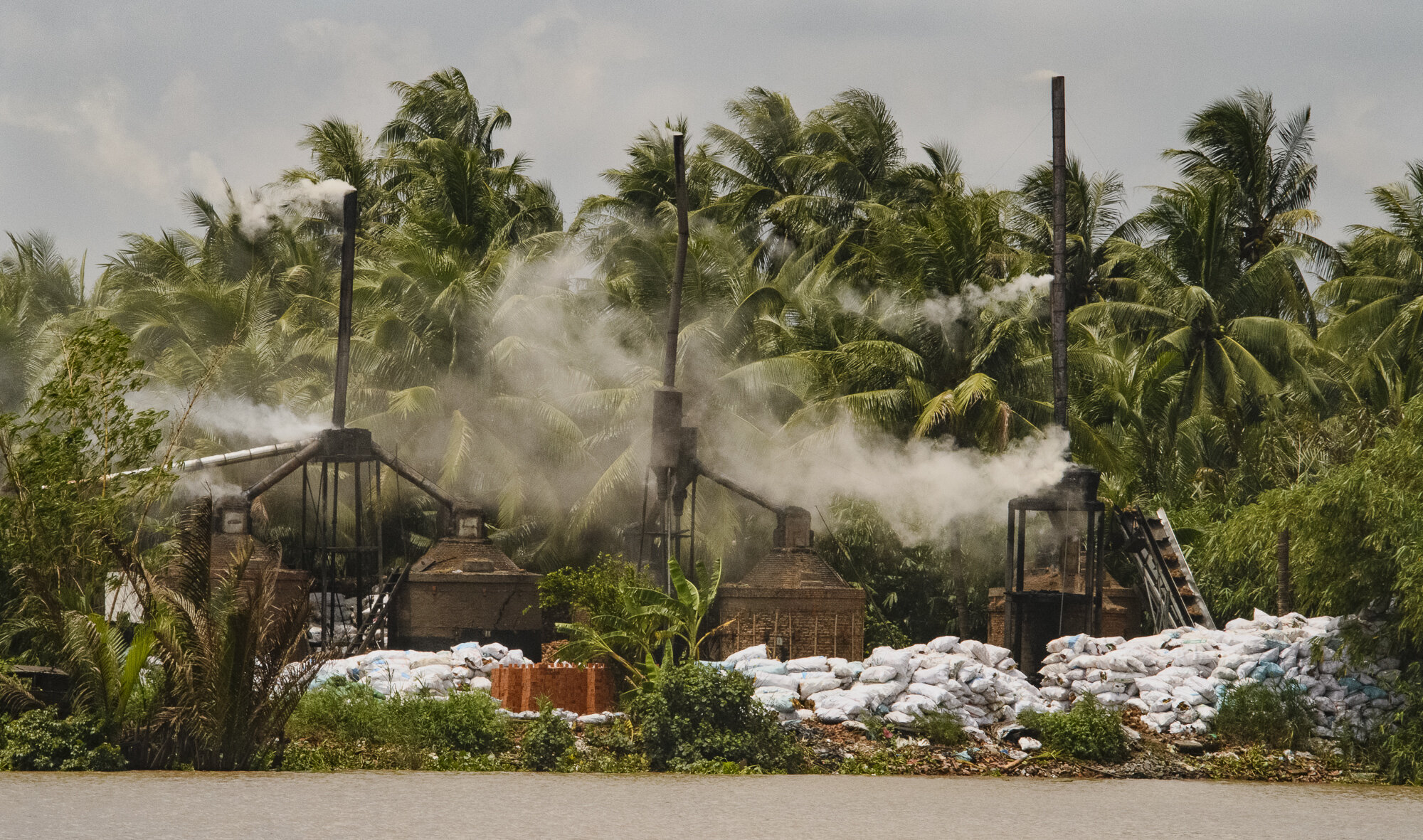VIETNAMESE COCONUTS
I always wondered what you did with coconut shells once you had drank the juice or scraped the inside. During my travels across Asia, you would often see mounds of the shells stacked up in some courtyard and I just assumed they would get picked up and chucked in the garbage pile. I finally got my answers many years ago during my first trip in Vietnam’s Mekong delta while looking for biking routes and exploring the whole area as the delta is a vital part for Vietnam’s economy.
Obviously, coconut juice is a popular drink in the hot summer. And its flesh can be enjoyed raw or in recipes. It’s oil is also aromatic enough to be used for spa treatment and soaps/shampoos. But what happens to all these coconut shells?
The shells are in fact an important raw material widely used for making charcoal. Coconut shell charcoal is used either powdered for making granular activated carbon or actual charcoal, one of the best fuels for cooking because of its pleasant smell (even lower quality grade charcoal is used by goldsmiths and blacksmiths). Shell charcoal is made by burning coconut shells in a kiln, which limits the supply of oxygen for a slow consistent burn. High quality charcoal requires the shells to be clean, fully dried and mature. Large kilns made of brick are loaded inside , first at the base with raw shells in a circular pattern along the inside edges of the kiln, a fire is started at the base, in the middle. Later on when the bottom half part is full, shells are dropped from the top while the kiln is in full swing with lower part is burning. Full carbonization at the top stops the airflow into the kiln. The charcoal can be retrieved and packed after about 8 hours only when the kiln is cooled. In general, 30,000 coconut shells produce about one ton of charcoal.
You end up with charcoal briquettes produced from a sustainable natural resources. The ash content of the coconut shells is around 0.6% and, as a result, less ash is produced during the burning. In addition, the briquettes are easy to ignite, do not emit any toxic gases, so they are safe to use. In general, because of its high level of calorific value the briquettes can be used in food and metallurgy industries as stove fuel.
Ben Tre is a province of Vietnam in the Mekong delta, about a 2 hour drive south from Ho Chi Minh City and the whole area is the coconut capital of Vietnam. It has the largest total coconut-growing area in the country -- 74,000 hectares (182,800 acres) -- mostly in the two districts, Giong Tom and Mo Cay Nam. But not all is well in the world of coconuts…On my last trip in the delta while talking with farmers and local guides I learned that historic levels of saltwater intrusion in the Delta have caused coconuts to shrink by half in size and farmers’ income have suffered as well.Basically, the coconuts are getting too small to sell to traders and markets. Elevated saltwater levels in rivers used for irrigation are the reason the fruits are no longer as big as they used to be. During the last dry season, from late November to May 2020, the delta, home to 12 provinces and Can Tho City, was hit by the worst drought ever recorded and this caused historic levels of salinity in its rivers as much more water flowed inland from the sea.
Also the rainy season arrived late last year and was shorter than usual, resulting in 8 percent less rainfall than normal. That combined with a series of upstream dams in China on the Mekong is also seen as preventing the natural flow of water, while the sea level rise are also blamed for the salt intrusion in the delta. The Ben Tre Agriculture Department said around 22 % or 14,000 hectares of coconut areas have been hit by salinity and drought and coconuts are getting smaller and smaller in size.
LITTLE KNOWN FACT:
There was a coconut religion founded in 1963 by a Vietnamese scholar known as the Coconut Monk. His Coconutship had established a floating pagoda in the province of Ben Are and was alleged to eat only coconuts.He also was a candidate for the 1971 presidential elections…. Estimates of followers of the religion worldwide were 4,000 at its highest. One notable follower was John Steinbeck the IV, the son of American novelist John Steinbeck. The religion was deemed a "cult" and was promptly banned in 1975 by communist officials. In 1990, the Coconut Monk fell to his death during an intense clash with the authorities, marking the demise of the cult.
BEST MONTH TO VISIT:
Between December till March when the southern part of Vietnam is at it’s driest.
Longitude 80 offers an amazing Vietnam In Style experience focusing on the whole country with a stop of 3 days around the Ben Are Province. And yes, you will have a few coconuts along the way. Please contact us if you would like to start planning a Vietnam bespoke holiday in 2022/2023!



